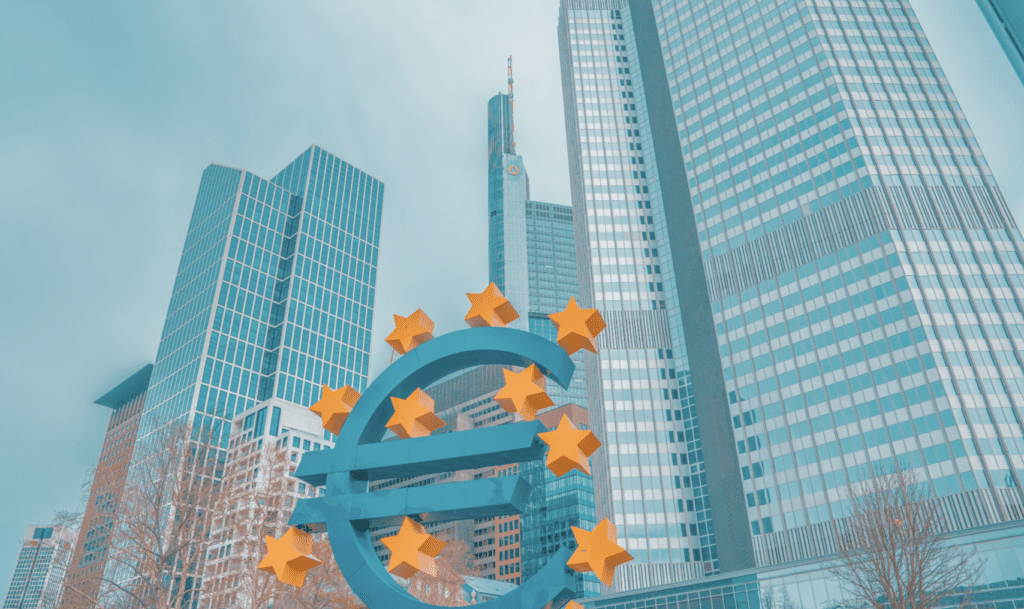2022 was the worst year for bonds in decades, and the wait for a recovery has continued for most of 2023. Now there are signs that’s changing.
Stabilising inflation, more sensible pricing, and the prospect of interest rate cuts in 2024 makes the bond market look more interesting as the year draws to a close. So should you invest in bonds?
Locking in yields
Above all, there’s now the possibility to lock in a yield when you invest in bonds. For many years in the wake of the global financial crisis, it was near impossible to receive a yield – that is, a regular amount of income – from a bond.
With interest rates at- or near-zero, major borrowers such as governments in developed countries, or global companies, issued bonds with little or no return.
That has changed.
Whether you’re looking at 20+ year bonds, short bonds, the money market, or more risky options, there are plenty of places offering the prospect of a yield in the region of 3.5-4%. The factors affecting different bond classes vary.
Here’s a rundown of the main options for Irish investors in the bond market.
Long bonds have led the way
The yield on long-term US government debt (Treasuries) has led the way. Last month, the yield on 30-year US Treasuries surpassed 5% for the first time since 2007. If you’re prepared to hold it to maturity (that is, until the principal is paid back to you by the borrower), buying those bonds means visibility on the annual yield for a very long time.
The US Federal Reserve has led the way in raising interest rates to address inflation. Other central banks, such as the European Central Bank, have been less aggressive, meaning that bond yields in the Eurozone are lower. But it’s still possible to get access to a respectable yield on a long bond fund. For example, at the time of writing, Aviva’s long bond fund is trading on a yield of 3.89%.
Core bonds offer a degree of balance
A core bond fund is one which holds bonds of many different maturity – short bonds which will be repaid in a matter of weeks or months, long bonds of anything from 10-30 years, and lots in between. Many have an average maturity of 7-10 years.
Core bonds often aim to track the performance of a major investment grade index, just as index funds do. They can offer investors a very highly diversified exposure to many types of bond. For example, Vanguard’s Global bond index fund holds positions in 14,250 underlying bonds. It’s currently on a yield of 4.7%, and the average time to maturity of its holdings is eight-and-a-half years.
Corporate bonds vs government bonds
Maturity profile is not the only way bonds differ. Another key question is the counterparty. When you invest in bonds, you’re effectively lending your money in exchange for the yield. In the case of government bonds, you’re lending to a state, whereas corporate bonds are typically raised by large companies.
In theory, government bonds are safer, because governments can always tax citizens to pay their debts. In finance, risk and return are connected, so typically you’ll receive a higher return on corporate bonds to compensate for the additional risk.
In practice, you’ll need around €250,000 to buy government bonds direct. Below that level, it’s difficult to get liquidity. A simpler route – with which you can easily mix government and corporate bonds – is to use a bond fund, which is available to invest in bonds in much smaller investment amounts.
Inflation-linked bonds aren’t all they seem
Inflation-linked bonds might sound a great option in an inflationary world, as the yield they pay is determined by an inflation index. But the market bakes an expected level of inflation into the price of inflation-linked bonds.
If that expectation is wrong, and inflation is higher, then you’ll win by holding inflation-linked bonds. And if inflation is lower than expected, you’ll lose out in comparison to holding conventional bonds.
More simply, inflation-linked bonds lack one of the aspects that attracts many bond investors in the first place: certainly on the level of return you will receive if you hold the bond to maturity.
High yield bonds: the clues are in the name(s)
High yield bonds, as the name suggests, tend to pay the highest yield in the bonds world. For example, the iShares iBoxx $ High Yield Corporate Bond fund holds bonds with an average yield to maturity of 8.0%.
High yield bond funds are typically made up of bonds which are below ‘investment grade’ – that is, below BBB by the main rating agencies. They are also known as junk bonds, but don’t be put off by the title – junk bonds can play a role in portfolio diversification, and Pimco, one of the world’s biggest bond managers, even claims they have “historically offered similar returns to equity markets, but with lower volatility”.
High yield bonds can be highly volatile – or even default. But because pricing of high-yield bonds is largely driven by the credit quality of the borrower, they are less sensitive to interest risk than other bond categories.
The bonds markets
In many ways the bonds market is not a single market. Whether split by duration, counterparty, or credit risk, different kinds of bonds respond in different ways to changing market conditions. There’s a lot of choice out there. As the peak in interest rates comes into sight, now could be time to reconsider the opportunity to invest in bonds.










